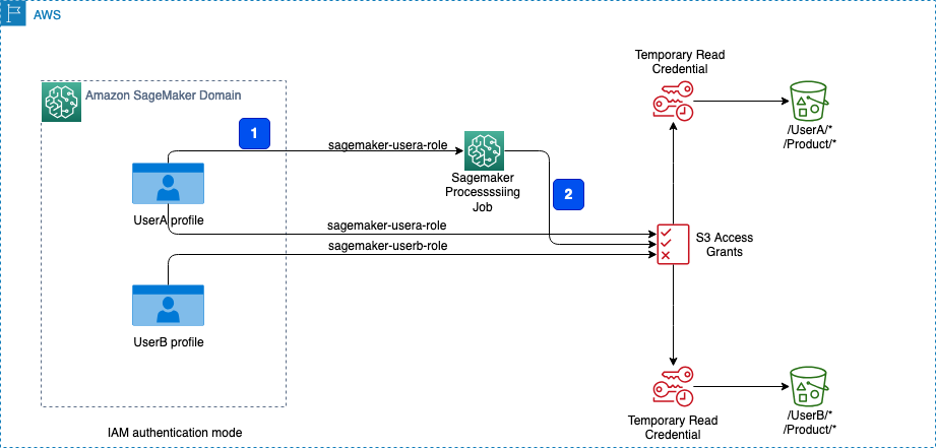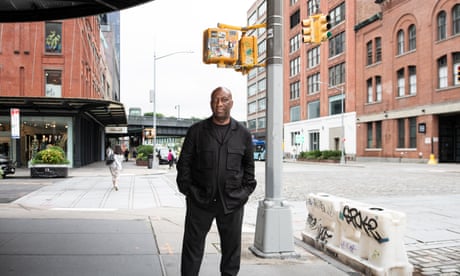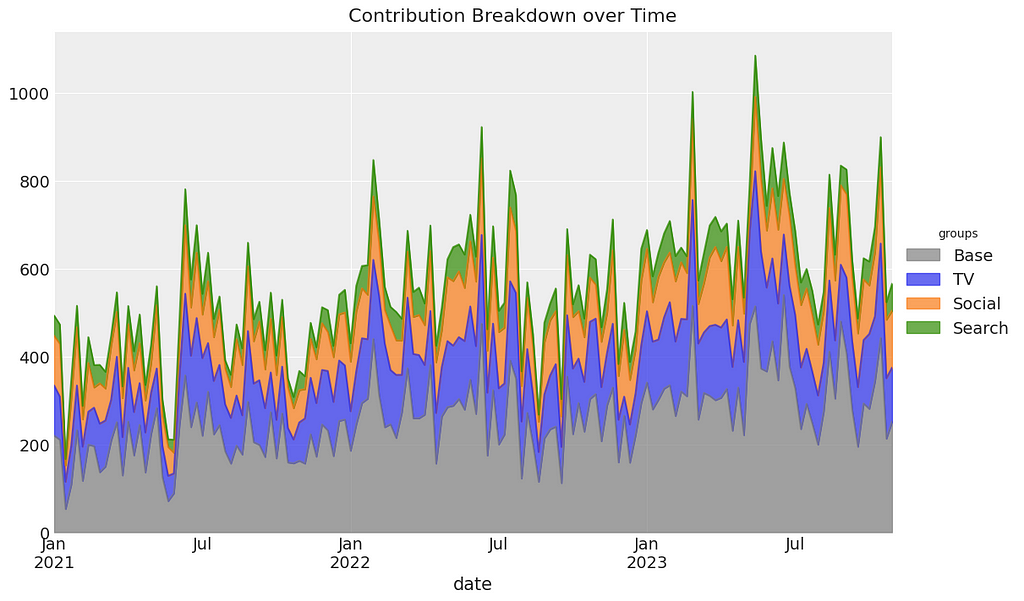Amazon SageMaker Studio offers a unified interface for data scientists, ML engineers, and developers to build, train, and monitor ML models using Amazon S3 data. S3 Access Grants streamline data access management without the need for frequent IAM role updates, providing granular permissions at bucket, prefix, or object levels.
Jeffrey L Bowman's Reframe consultancy uses AI for engaging employees with diversity programs. DEI is a $10bn industry, but DEI programs are being downsized by universities and companies like Nordstrom and Salesforce.
Child protection agency staffer referred to doll used for 'sexual purposes' as 'age-appropriate toy'. Victoria bans use of generative AI services after worker enters personal info into ChatGPT.
Article: "Logistic Regression with Batch SGD Training and Weight Decay Using C#". It explains how logistic regression is easy to implement, works well with small and large datasets, and provides highly interpretable results. The demo program uses stochastic gradient descent with batch training and weight decay for accurate predictions.
The AI version of Brian Sewell's review lacks his authentic voice, disappointing readers. Sewell's posh voice and unique style are sorely missed in the London Standard's attempt to recreate his writing.
Master Marketing Mix Modeling (MMM) with pymc-marketing in this series covering model training, validation, and calibration. Explore Bayesian MMM and the advantages of using pymc-marketing over other open-source packages like Robyn and Meridian.
AI hosting platform Hugging Face hits 1 million AI model listings, offering customization for specialized tasks. CEO Delangue emphasizes the importance of tailored models for individual use-cases, highlighting the platform's versatility.
GeForce NOW expands with GreedFall II and Guild Wars 2 rewards. Improved streaming for Arm laptops. Join the immersive adventures and epic battles in the cloud.
Tokenization is crucial in NLP to bridge human language and machine understanding, enabling computers to process text effectively. Large language models like ChatGPT and Claude use tokenization to convert text into numerical representations for meaningful outputs.
FBI probes AI deepfake impersonating Dmytro Kuleba questioning Ben Cardin in suspected election interference attempt. Senator Cardin raises suspicions during Zoom call with imposter posing as Ukraine's former foreign minister.
Archaeologists using AI discovered 303 new geoglyphs near Peru's Nazca Lines, doubling known figures at the 2,000-year-old site. The figures depict parrots, cats, monkeys, killer whales, and decapitated heads, revealing more about the ancient civilization.
Beware of sharing posts denying Meta access to your data on Instagram and Facebook. Celebrities like James McAvoy and Tom Brady are among those spreading the message.
MIT researchers have developed a quantum-based security protocol for cloud-based deep-learning models, ensuring data privacy without compromising accuracy. The protocol utilizes the no-cloning principle of quantum mechanics to prevent attackers from intercepting information, maintaining 96 percent accuracy in tests.
Learn how to create a meal planner using ChatGPT in Python, simplifying meal decisions and grocery shopping. Utilize prompt engineering techniques to maximize ChatGPT's capabilities, making meal planning easier and more efficient.
NVIDIA's RAPIDS cuDF library accelerates pandas by up to 100x on RTX hardware, improving data processing speed for data scientists. Data scientists can now use their preferred code base without sacrificing efficiency, thanks to RAPIDS cuDF's GPU-accelerated Python libraries.















